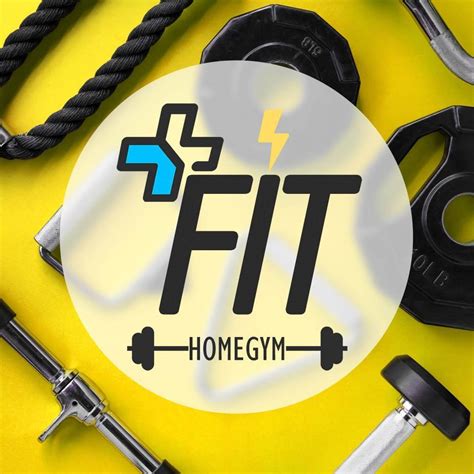Navigating the Fitness Landscape After 40
As men cross the threshold of 40, the body undergoes a series of natural physiological shifts that can make building muscle and shedding fat more challenging. Metabolism tends to slow, testosterone levels may gradually decline, and recovery times often lengthen. However, these changes are not insurmountable barriers to fitness; rather, they call for a more intelligent, tailored approach to strength training. By understanding and adapting to these shifts, men can not only maintain but significantly improve their physique, strength, and overall health.

Strategic Strength Training for Optimal Results
Prioritize Progressive Overload
The fundamental principle for muscle growth—progressive overload—remains paramount. This means continually challenging your muscles by gradually increasing the weight, reps, sets, or decreasing rest times. After 40, consistency in applying this principle is key, but it must be balanced with adequate recovery to prevent overtraining and injury. Focus on quality over quantity, ensuring each repetition is performed with proper form.
Embrace Compound Movements
Compound exercises are your best friends. Movements like squats, deadlifts, bench presses, overhead presses, and rows engage multiple muscle groups and joints simultaneously, leading to greater hormonal responses, more efficient workouts, and superior overall strength development. These exercises form the bedrock of an effective strength training program.

Optimize Volume and Intensity
While high volume can be effective, men over 40 often benefit from a slightly reduced volume per session coupled with higher intensity. Aim for 2-4 strength training sessions per week, allowing 48-72 hours of recovery for major muscle groups. Rep ranges can vary, but incorporating sets in the 6-12 rep range for hypertrophy, alongside heavier sets in the 3-5 rep range for strength, can be highly effective.
Fueling Your Body: Nutrition for Muscle & Fat Loss
Protein Intake is Critical
Muscle protein synthesis becomes less efficient with age, making adequate protein intake even more crucial. Aim for 1.6-2.2 grams of protein per kilogram of body weight daily, spread across meals. Prioritize lean sources like chicken, fish, lean beef, eggs, and plant-based options.

Caloric Management for Fat Loss
To lose fat, a consistent calorie deficit is necessary. However, avoid drastic cuts that could compromise muscle mass or energy levels. Focus on whole, unprocessed foods, ample fiber, and healthy fats. Track your intake initially to understand your baseline and make adjustments as needed. Combining a modest deficit with strength training helps ensure that weight loss comes primarily from fat, preserving valuable muscle.
The Unsung Heroes: Recovery & Injury Prevention
Prioritize Sleep
Sleep is where your body recovers, repairs muscle tissue, and optimizes hormone production, including growth hormone and testosterone. Aim for 7-9 hours of quality sleep per night. Poor sleep can undermine even the most diligent training and nutrition efforts.
Active Recovery and Mobility
Incorporate active recovery (e.g., light cardio, stretching, foam rolling) on rest days to improve blood flow and reduce muscle soreness. Dedicate time to mobility work and flexibility to maintain range of motion and prevent injuries, which become more common after 40.

Listen to Your Body
Pain is a signal, not a challenge. Be mindful of aches and pains, and don’t push through discomfort that feels structural or sharp. Adjust weights, reps, or take an extra rest day when necessary. Consulting with a physiotherapist or doctor for persistent issues is always recommended.
Holistic Approach and Consistency
Optimizing strength training after 40 is not just about the weights you lift; it’s about a holistic lifestyle. Managing stress, staying hydrated, and potentially discussing blood work with your doctor to understand your hormonal profile can all contribute to better results. Consistency over time, rather than sporadic intense efforts, will yield the most sustainable muscle growth and fat loss.
Embrace the journey with patience and discipline. Your body after 40 is still incredibly capable of transformation, and with the right strategy, you can achieve impressive levels of strength, health, and vitality.





